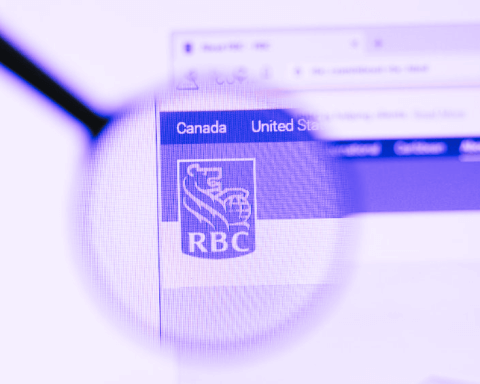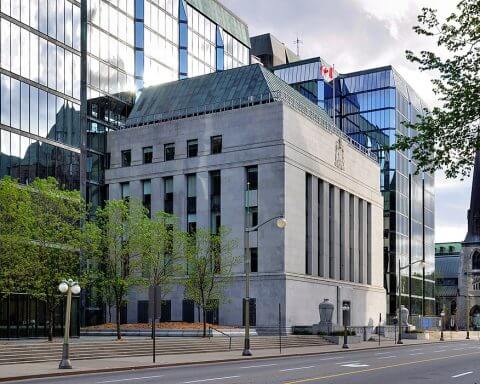A new housing co-operative plans to fund 50 units of affordable, green housing in Kamloops, British Columbia, by selling bonds to local investors. It’s part of a movement of co-ops which, priced out of conventional markets, are looking to alternative methods to finance affordable, sustainable housing.
Propolis Housing Cooperative is partnering with Tapestry Community Capital, a non-profit investment organization, to fundraise through community bonds: investments typically bought by, and returning profits to, local residents. “They can be such a great solution for people to know that they’re having an impact with their investment, helping to build the affordable housing that we so desperately need – and they get a financial return on their investment at the same time,” Propolis director Lindsay Harris tells The Energy Mix.
Communities across Interior B.C. brace for a worsening wildfire season each summer. Each disaster displaces new waves of evacuees who turn to surrounding communities for support. B.C.’s 2024 wildfire season affected more than 4,100 properties.
“We’re seeing a lot of evacuees coming to our community during wildfire season,” Harris says, and many have nowhere to go. But Kamloops faces a tight housing market, and a 2020 City of Kamloops report warned that subsidized housing isn’t keeping up with rapid population growth.
Tackling the climate crisis through community land trusts
Harris says that Propolis emerged from a need to tackle the climate crisis on two fronts: expanding housing access and reducing emissions by building green. To acquire land and build a six-storey, mixed-use development, Propolis set a fundraising goal of $1.1 million. Harris says that 80 investors have brought Propolis to 90% of that total. Tapestry helped Propolis develop a formal, secure community bond campaign with planning support and investor engagement, Harris says.
Community bonds allow issuers like Propolis to set investment timelines and terms, giving them flexibility that conventional loans or grants lack, Tapestry co-executive director Ryan Collins-Swartz says. While Propolis is the first community bond campaign in Western Canada, it follows projects in Eastern Canada. The Ottawa Community Land Trust is also partnering with Tapestry on a community bond fundraising campaign to acquire and preserve an affordable building.
Community land trusts (CLTs) are non-profit corporations that hold land in trust for residents, who buy in at rates lower than market rent. The Ottawa CLT has raised almost $3 million in bonds since launching its campaign seven months ago, according to executive director Mike Bulthuis. “I think it is a real demonstration of what the community prioritizes,” he says.
Taking housing out of the commodity market also reduces reliance on banks and speculators, who often contribute to rising inequality and unsustainable industries, a 2023 study published in the Journal of City Climate Policy and Economy found.
“All of this work to support divestment from extractive investments, and investments into community, ultimately has positive implications for climate, as well,” Collins-Swartz says.
Only 19% of CLTs surveyed by the Canadian Network of Community Land Trusts in 2023 were actively planning for climate change. Harris says that Propolis is foregrounding energy efficiency and renewability by building net-zero housing, in partnership with local construction company NexBuild.
Other Canadian land trusts, including the Ottawa CLT and the Kensington Market Land Trust in Toronto, instead preserve existing affordable housing, which Bulthuis says can reduce both emissions and rental costs.
Financial instruments that help fill the housing gap
CLT properties still have to return profits to bond investors and pay for development costs, which can be steep for older buildings. Those costs can set a limit on how affordable CLT housing can be. “We might buy a building where rents are . . . a modest level of affordability or an average level of rent,” Bulthuis says. “I think there’s still a huge value in doing that.” CLTs don’t raise rents like most market landlords would, Bulthuis says – they just have to recoup costs.
To make up the difference, “community bonds fit and stack with other funding sources,” Collins-Swartz says, including Canada Mortgage and Housing Corporation (CMHC) grants, loans and provincial funding.
Tapestry’s work for community bond campaigns recently received a federal boost. In November, the non-profit won $3 million from CMHC as a finalist in its Housing Supply Challenge to scale up community bond campaigns across Canada.
By 2025, Tapestry aims to use the CMHC award to jump-start a $30-million pooled investment fund for community bonds, which could help non-market housing developers attract investors to larger funds rather than individual campaigns. Tapestry is launching partnerships with 19 co-ops in 2025.
The pooled fund could backstop co-ops in Northern and rural areas that don’t have enough people or wealth to support a community bond campaign on their own, according to Tapestry’s media release.
By creating a larger market for community bonds, Collins-Swartz says that Tapestry hopes to broadly shift resources toward local economies. “We’re not going to create change in affordable housing, climate change, wealth inequality, without fundamentally challenging our systems of financing and investment,” he says.
This article was first published by The Energy Mix. It has been edited to conform with Corporate Knights style. Read the original story here.







